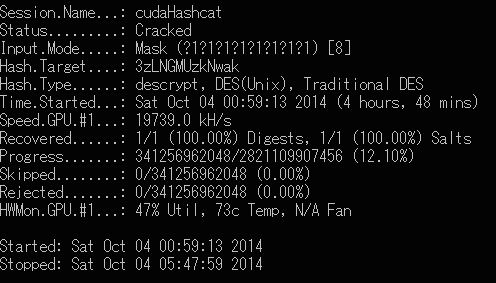Full Professor (W3) in Algorithms and Complexity
RWTH Aachen University
We are seeking qualified applicants for teaching and research in the
area of algorithms and complexity. The starting date is 1st October
2015. The research focus of this professorship should be in one or
several branches of current algorithms research, for example,
algorithmic game theory, approximation algorithms, distributed
algorithms, fixed-parameter tractability, networking algorithms,
online algorithms, randomised algorithms. The successful candidate is
expected to seek collaboration both within the department of computer
science and with other disciplines at RWTH Aachen University. We
expect an active involvement in all informatics curricula, as well as
in courses for other areas.
A Ph.D. degree is required; additionally, Habilitation (post-doctoral
lecturing qualification), an exemplary record of research achievement
as an assistant / an associate / a junior professor or university
researcher and/or an outstanding career outside academia are highly
desirable. Ability in and commitment to teaching are essential. German
is not necessary to begin but will be expected as a teaching language
within the first 5 years. The application should include supporting
documents regarding success in teaching.
Please send a cover letter stating research aims and a CV to: An den
Dekan der Fakultät für Mathematik, Informatik und Naturwissenschaften
der RWTH Aachen, Professor Dr. Stefan Schael, 52056 Aachen, Germany.
The deadline for applications is 14th November 2014.
Informal inquiries may be addressed to
Martin Grohe, grohe@informatik.rwth-aachen.de









